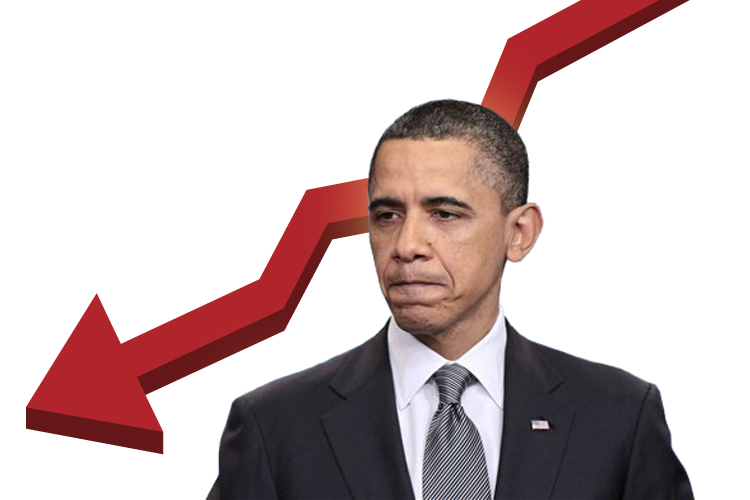Within seconds of the release of the government jobs report for June, economists and business reporters expressed their reaction on Twitter.
Ouch!… Horrific… Terrible, awful… Just no silver linings anywhere. PANIC TIME!
There is zero good news and a ton of terrible numbers in this report. The U.S. economy added only 18,000 jobs in June. May’s initial 54,000 gain was revised down to 25,000, while April’s 232,000 fell to 217,000. The topline unemployment measurement ticked up to 9.2 percent, but the U-6 number that gives the broadest measure of unemployment jumped from 15.8 to 16.2.
Average working hours per week and hourly wages both fell, a sign of a slack labor market getting slacker. Government payrolls dropped by 39,000. The number of longterm unemployed (people jobless for 27 weeks or more) held steady at a miserable 6.3 million. The labor participation rate shrank — hundreds of thousands of Americans stopped looking for new jobs.
The government report delivered numbers sharply at odds with a private sector report from Wednesday that counted 130,000 new jobs, and was far under the expectations of Wall Street economists. After a week in which there were a few tentative signs that economic growth might not be flat-lining, after all, this labor report is unequivocal: The recovery has stalled.
And what’s on the menu, in terms of government policy? More spending cuts, which will surely result in more government job loss and the subtraction of aggregate demand from a weak economy. Exactly what the United States doesn’t need now, but the tragedy of our current political process is that almost no one in any power to do anything in Washington will look at these numbers and say, hey, wait a minute, maybe deficit reduction shouldn’t be our highest priority.

